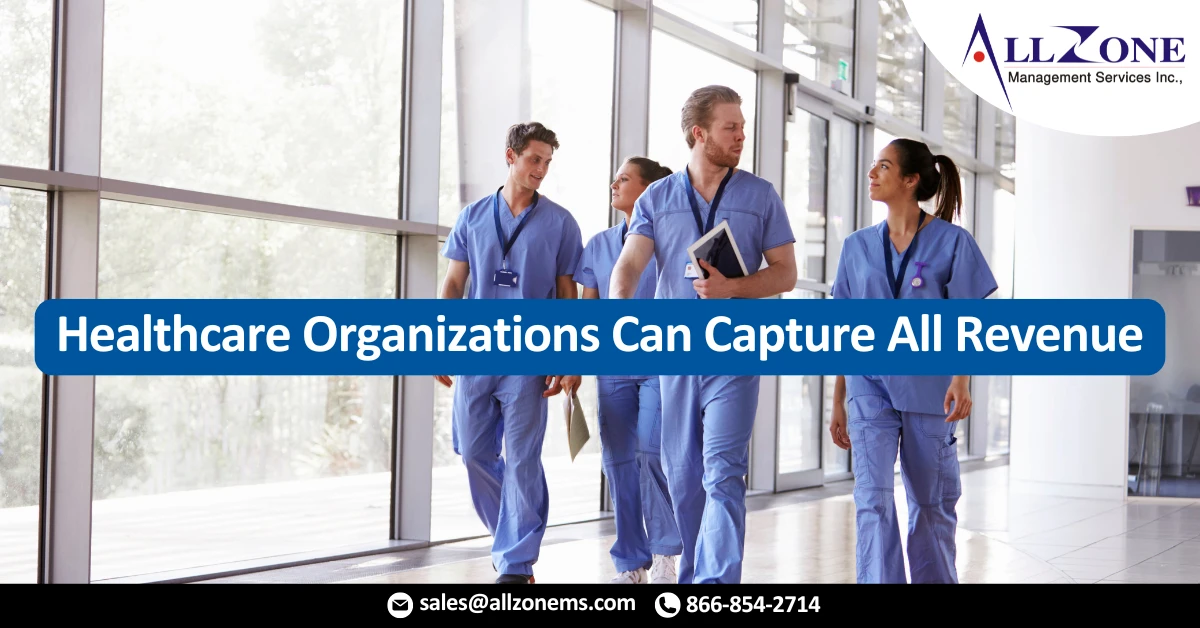Hospital billing departments coordinate health plan benefits every day. Typically, coordination of benefits (COB) is aided by patient registration workflows that gather basic demographic and health insurance information. But what if a patient gets hurt on the job or in an automobile accident? How well does your organization collect the information needed to coordinate liability claims? Is liability revenue captured — or written off?
The truth is, the rules and regulations around liability revenue can be complicated. Almost every health plan or insurance coverage in existence follows some sort of coordination of benefits procedure. Resource-strapped business offices usually don’t have the time, staff, or resources to implement a comprehensive coordination of benefits program for all auto insurance, workers’ compensation, and other liability reimbursement.
Nevertheless, there is a relatively easy, low-cost way for healthcare organizations to get the information necessary to process liability claims effectively. Incorporating the right question prompts into registration or check-in software can generate sizeable bottom-line benefits, as well as improve the patient experience.
Patient Benefits, Organizational Benefits
Before looking at how to coordinate liability benefits more effectively, we must first explore why it’s a good idea to do so — both for patients and for healthcare organizations.
For starters, it’s important to recognize that unlike a planned procedure — in which patients have some idea of what to expect and are mentally prepared for their experience — accidents are abrupt and often catastrophic. Nobody plans to have a car accident or on-the-job injury. Patients may be hurting and angry.
A great deal of confusion can be intertwined in the trauma of an unplanned injury. Therefore, the best way to obtain necessary claims information is through organic, empathetic, face-to-face conversations with registration/financial counseling staff. This patient-centered approach accomplishes several objectives:
- Greater patient satisfaction. Given that accident patients may experience higher levels of confusion, stress, and anxiety than a typical patient, a personal approach to financial discussions may help them feel more supported. Registration staff often are trained on how to show empathy and can easily incorporate accident coverage questions into existing insurance and demographic conversations.
- More accurate information. It’s more effective to ask all of the “who,” “what,” “when,” “where,” and “why” questions about an accident during registration — when the accident is fresh in mind — than attempting it weeks or months later. A verbal conversation is also more likely to elicit complete information; patients often skip details to hurry through forms or phone conversations.
- Lower Patient Payment Responsibility. Coordinating liability benefits can keep non-health-insured patients from paying out-of-pocket unnecessarily, and can also lower out-of-pocket costs for those with health insurance. Patients with high-deductible health plans (HDHPs), for example, must pay thousands of dollars in deductibles and co-pays before their health insurance kicks in. Plus, commercial plans may have coordination of benefits provisions which state that an accident or indemnity plan must serve as primary payer before the commercial plan pays. Thus, hospitals that appropriately send claims to accident carriers first can help lower denial rates and patient financial responsibility — and, in turn, improve their own collection rates.
- Less Recoupment Potential. Similar to commercial plans’ COB provisions, many federal programs such as Medicare and Medicaid require they be the “payer of last resort” — and they frequently check to be sure. Recently, Medicare looked back at one hospital’s claim activity and recouped several thousand dollars on a small subset of patients, with a couple of million dollars directly impacted.
With the advantages of a comprehensive COB process clearly established, hospitals and health systems next must figure out how to achieve it consistently for every patient.
Take An Automated, Team-Based Approach
Automation can help turn COB data collection into a low-cost, high-benefit process. Whether patients present to an emergency department, a practice, or another setting, most electronic health record (EHR) technologies have the ability to pre-load coordination of benefits questions as part of the registration procedure.
No additional training time, energy, or cost is necessary if COB questions are embedded within the registration software. Hospitals simply need to invest in a couple of hours of IT and staff time to brainstorm the appropriate “decision-trees” and implement the new software code.
The flow of questions should be driven based on each response, with the first question: “Is this visit related to an accident?” A “yes” answer should prompt a new series of questions designed to elicit information focused specifically on accident claims. Some appropriate initial questions to ask include:
- Is your injury accident-related?
- Did the accident occur while you were at work?
- Is your injury related to a car accident?
An automated approach can help ensure vital information isn’t missed. However, effective COB really is a team effort. While registration staff is best suited for initial information collection, the billing office typically is best equipped to verify coverage — both accident and health — and properly sequence the verified plans by COB rules. Alternatively, overwhelmed billing offices can unload the COB burden from internal staff by partnering with revenue cycle management experts who specialize in complex claims.
Small Investment, Large Returns
COB can be complicated, but that’s no reason to write off liability revenue. Don’t be afraid to document! The more information registration staff can get through face-to-face conversations, the better. A small upfront time investment can pay off in large revenue returns.
For More Information: https://www.medicaleconomics.com/news/how-healthcare-organizations-can-capture-all-revenue

